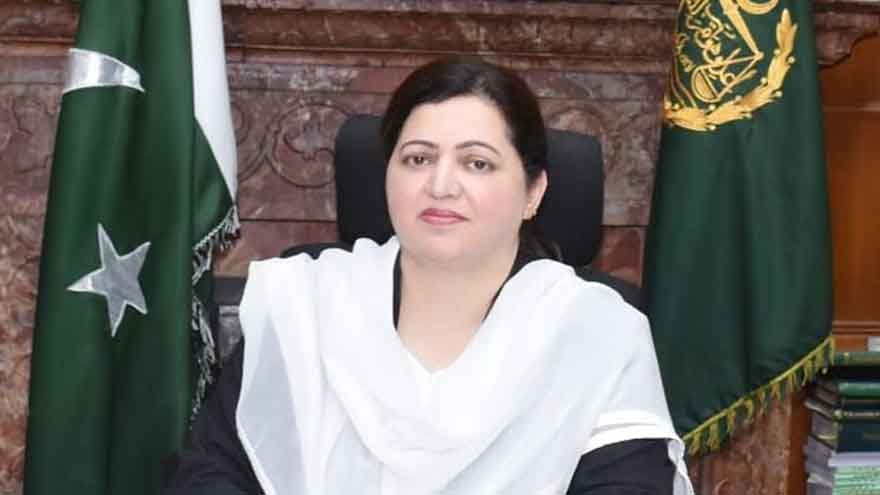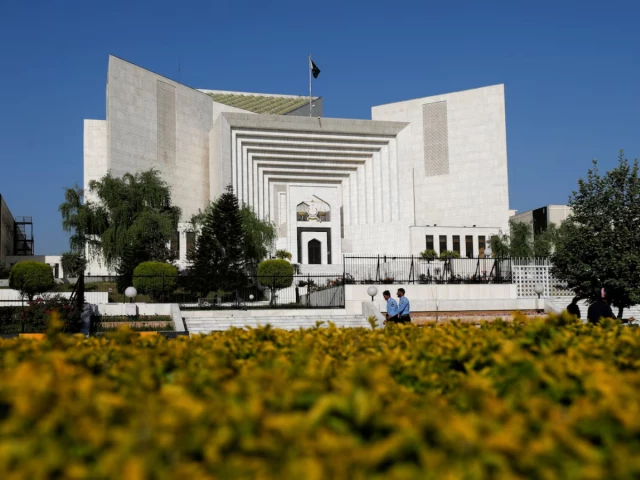
As October 27 approaches, many Pakistanis are asking whether the day — observed annually as Kashmir Black Day — will be declared a public holiday.
The government of Pakistan, however, has not included October 27 in its official list of…

Changes affect number of foreign universities recognised by the PM&DC, decide who can receive a provisional license
The new change of rules issued by the…

Continue Reading

Police officers walk past the Supreme Court of Pakistan building, in Islamabad, Pakistan April 6, 2022. REUTERS
For the first time in Pakistan’s…

The Khyber Pakhtunkhwa (KP) government has decided to impose a complete ban on traditional brick kilns as part of its efforts to tackle environmental pollution and reduce smog levels in the province.
According to the provincial Environmental…